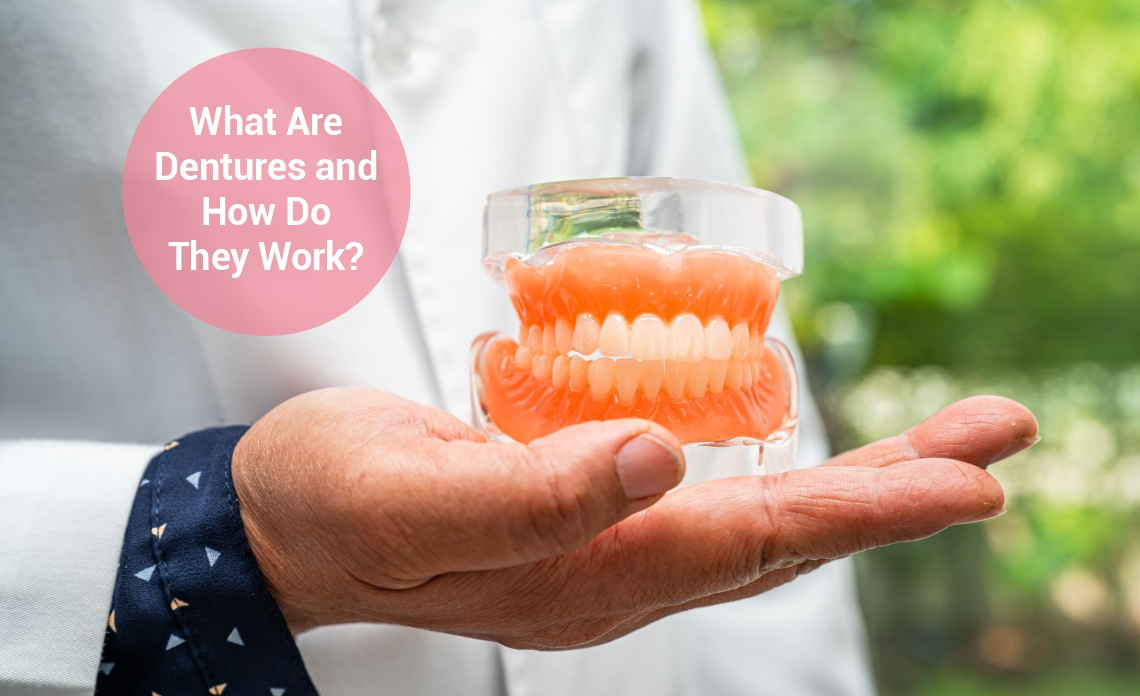Family Dental Clinic
Inlays & Onlays

Inlays and Onlays in Ahmedabad
What Are Inlays and Onlays?
Inlays and onlays are dental restorations designed to repair moderate tooth decay or damage. They serve as a conservative alternative to full dental crowns while providing more durability and strength compared to traditional fillings. Custom-made from materials like porcelain, composite resin, or gold, inlays and onlays restore the tooth’s natural structure and function while blending seamlessly with the surrounding teeth.
- Inlays are used when the damage is confined to the center of the tooth, without affecting the cusps (pointed edges).
- Onlays extend over one or more cusps, covering a larger portion of the tooth’s surface.
These restorations are particularly beneficial for preserving natural tooth structure while offering superior longevity and strength.
Who Needs This Treatment?
Inlays and onlays are recommended for individuals experiencing:
Moderate Tooth Decay or Damage
When a cavity or structural damage is too extensive for a simple filling but does not require a full crown, inlays and onlays provide an ideal solution. They restore the integrity of the tooth while preventing further deterioration.
Large or Failing Fillings
Teeth with large fillings that have become weak or deteriorated benefit from inlays and onlays. They reinforce the remaining structure, reducing the risk of fractures.
Cracked or Fractured Teeth
For teeth with cracks or fractures that do not affect the entire structure, onlays offer enhanced protection by covering vulnerable areas and preventing further damage.
Teeth Undergoing Cosmetic Enhancement
For individuals seeking aesthetically pleasing restorations, porcelain or composite inlays and onlays provide a natural-looking solution, improving the appearance of damaged teeth.
What to Expect During Treatment
1. Consultation and Diagnosis
A thorough dental examination, including X-rays, helps assess the extent of decay or damage. The dentist evaluates whether an inlay or onlay is the best treatment option.
2. Tooth Preparation
The affected tooth is prepared by removing decayed or damaged portions under local anesthesia. The structure is shaped to ensure a proper fit for the restoration.
3. Impression and Temporary Restoration
A digital or physical impression is taken to create a precise mold for the inlay or onlay. A temporary filling may be placed to protect the tooth while the custom restoration is fabricated in a dental laboratory.
4. Final Placement and Bonding
Once the permanent inlay or onlay is ready, the temporary filling is removed. The restoration is carefully fitted and bonded to the tooth using a strong adhesive. The dentist ensures proper bite alignment before polishing the surface for a smooth finish.
Types of Inlays and Onlays
Gold
Gold inlays and onlays are known for their durability and resistance to wear. They can last for decades but may not be preferred due to their metallic appearance.
Porcelain or Ceramic
These materials provide a natural tooth-like appearance and are highly resistant to stains. They are a popular choice for visible areas of the mouth.
Composite Resin
Tooth-colored composite resins blend seamlessly with natural teeth. While cost-effective, they may wear down faster compared to porcelain or gold.
Benefits of Inlays and Onlays
Preservation of Natural Tooth Structure
Unlike crowns, inlays and onlays require minimal removal of healthy tooth material, maintaining more of the natural structure.
Durability and Longevity
These restorations are more durable than traditional fillings and can last for 10 to 30 years with proper care.
Enhanced Strength and Support
Inlays and onlays reinforce the remaining tooth structure, reducing the risk of further fractures or damage.
Aesthetic Appeal
Porcelain and composite resin options blend seamlessly with natural teeth, providing a more attractive and natural-looking restoration.
Resistance to Staining and Wear
Porcelain and gold inlays and onlays are resistant to stains and wear, making them a long-term solution for dental restoration.
Maintenance and Care Tips
Maintain Good Oral Hygiene
Brushing at least twice a day and flossing daily helps prevent plaque buildup around the restoration, preserving both the inlay/onlay and natural teeth.
Use Non-Abrasive Toothpaste
Toothpaste with gentle ingredients prevents scratching and preserves the smooth surface of porcelain or composite restorations.
Regular Dental Check-ups
Routine dental visits allow the dentist to monitor the condition of the inlay or onlay and detect any potential issues early.
Avoid Hard Foods and Habits
Chewing on ice, hard candies, or non-food items like pens can put unnecessary stress on the restoration, increasing the risk of damage.
Wear a Nightguard if Necessary
For individuals with teeth grinding (bruxism), a nightguard helps protect inlays and onlays from excessive wear and potential fractures.
Why Choose Family Dental Clinic for Inlays and Onlays?
At Family Dental Clinic, we specialize in providing high-quality dental Services tailored to each patient’s unique needs. Here’s why we stand out:
- Experienced Specialists: Our team consists of skilled Dental Experts with years of expertise.
- Advanced Technology: We use state-of-the-art equipment, including digital scans and 3D imaging, for precise implant placement.
- Patient-Centered Approach: We prioritize comfort, ensuring a pain-free and stress-free experience.
- Comprehensive Care: From consultation to aftercare, we guide you through every step of the process.
Blogs
Our Best Dentists





Newsletter
Follow our newsletter to Stay tuned
Emergency phone line:
+91 (79) 2979 6365



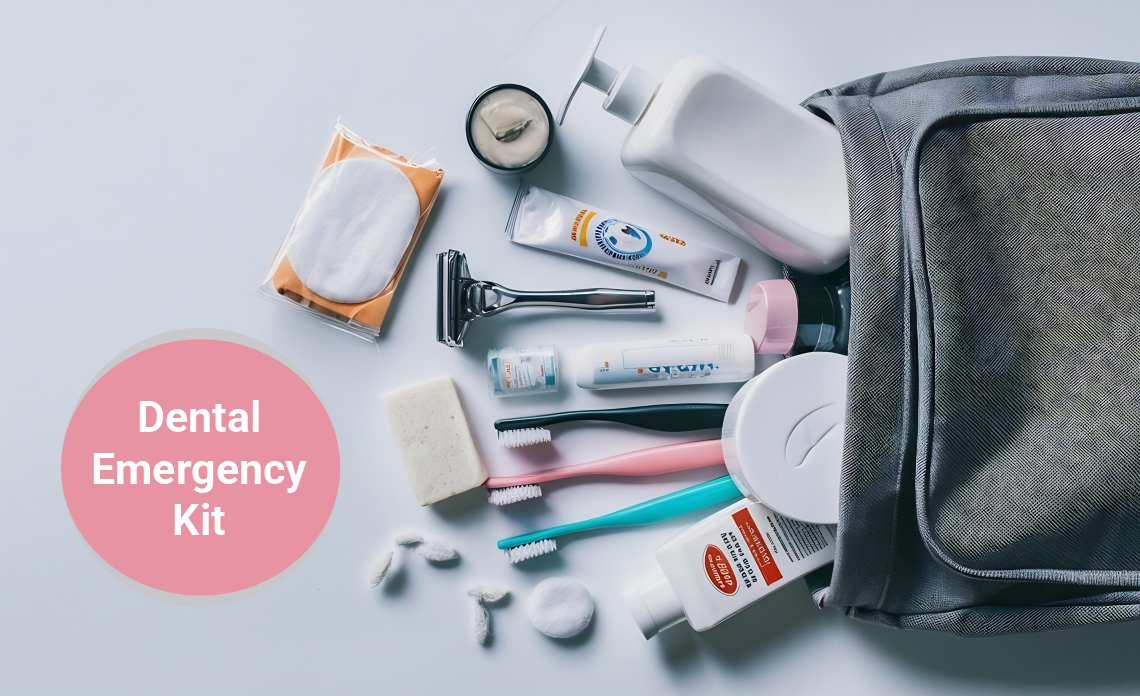

.jpg)
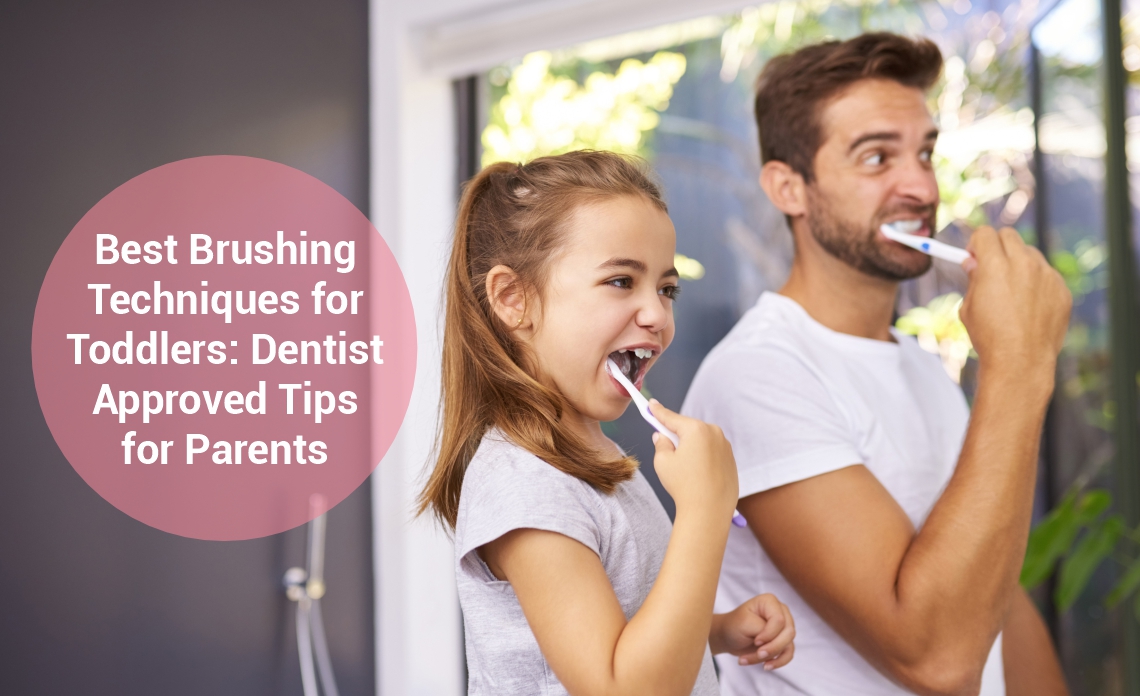
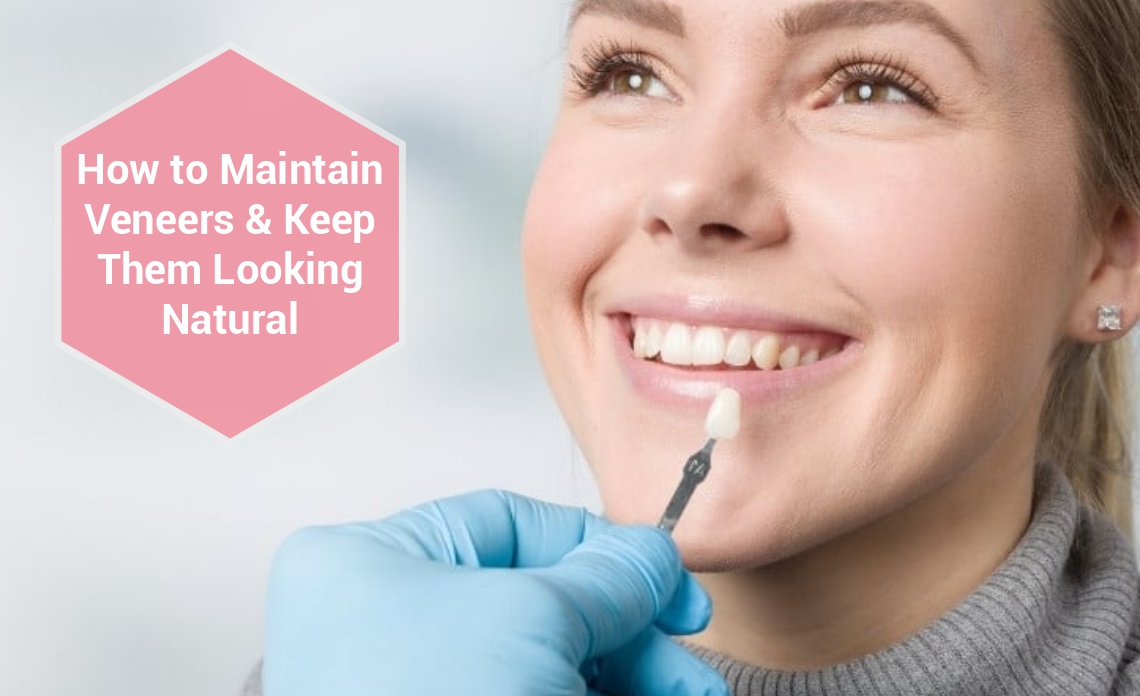

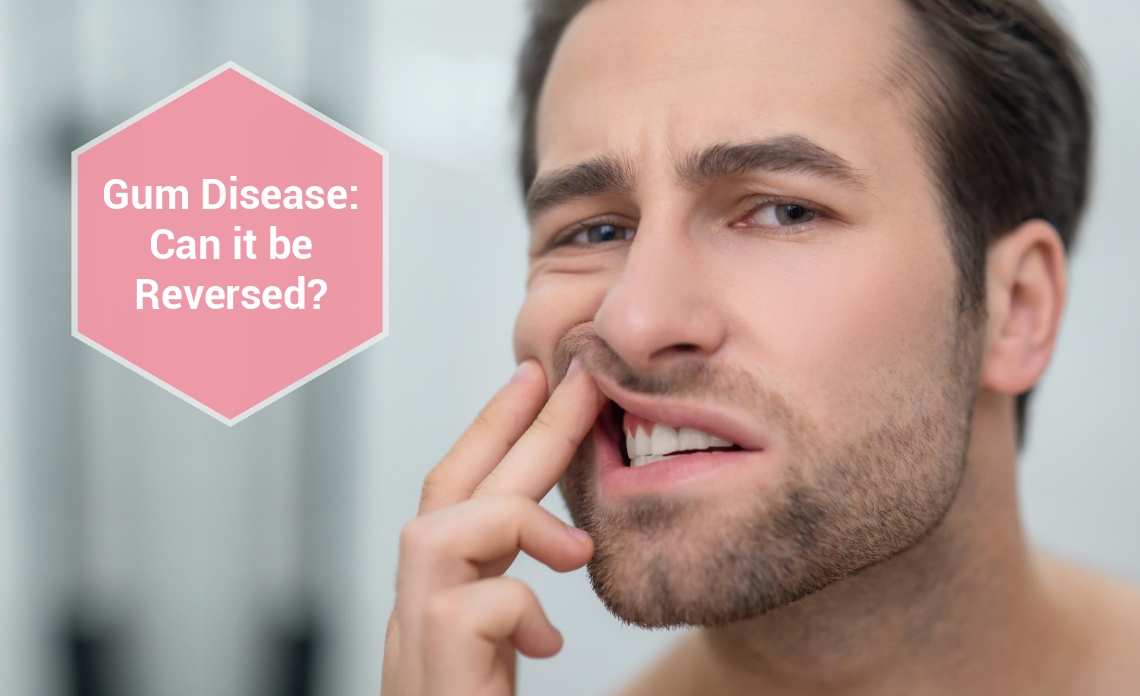
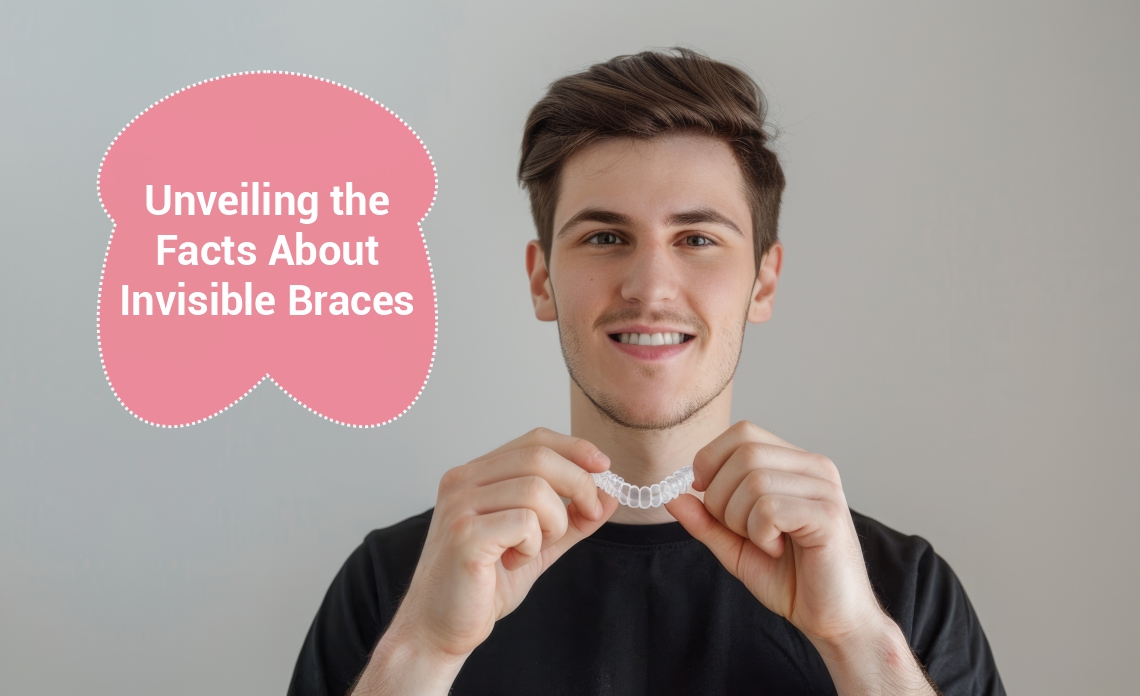

.jpg)
